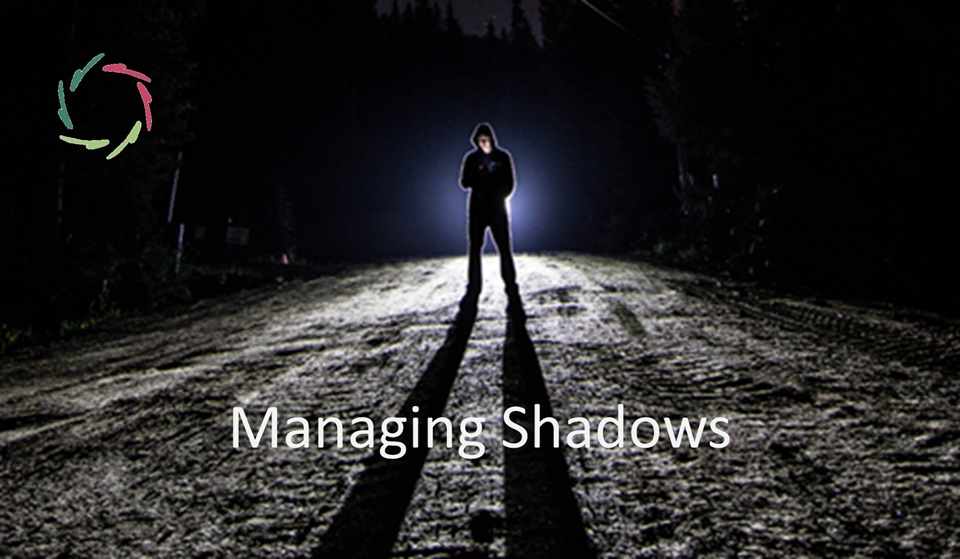The Real Enemy is Inner Dissociation

Looking at the present, one may be very optimistic or pessimistic. Many see ‘the other side’ as a source for pessimism. However, to what degree may the other side be related to one’s own inner side?
[Matthew 7:3]
“Why do you look at the speck of sawdust in your brother’s eye and pay no attention to the plank in your own eye?”
(being a bit Biblish today)
Well, maybe you don’t see the plank because it’s too nearby.
Or maybe – what the present text is mainly about – looking at the speck of sawdust, you are looking at the plank in your eye, but you don’t want to see it here, so you see it there.
This promises not to be an easy text.
However, I hope it’s an interesting one that makes you think as it makes me think while writing and rereading.
We’re all subject to inner dissociation.
One can see it as our ‘primal sin.’ Indeed, while picking the fruit of cognitive discernment, not once but in the course of a very long time, human beings have become prone to losing contact – innerly dissociated – with our ‘nature inside.’ That makes us lonely, as if expulsed from some beautiful garden and, on top of this, being punished for the same.
We punish ourselves by turning ‘nature inside’ into something scary.
We all suffer from this.
[see: ‘Cause of All Suffering: Dissociation’]
So, here we are in this valley of the present, looking for what went wrong and seeing it in ‘the other side.’
Of course, there may be something wrong with ‘the other side’ ― also from the viewpoint of this other side itself.
What may really be wrong is inner dissociation at both sides. [see: “Inner Dissociation is NEVER OK”] Therefore, looking at the speck of sawdust may be interesting, especially when it makes one see this may be mainly about oneself.
Somewhere, some time, they took two planks and hung the guy who wanted to make us see.
So, let’s take a look.
For instance, racism
Besides the self-servient kind – for which there is no apology – there is the kind that is mainly a sad phenomenon because it makes no one happy. [see: “Two Racisms – One Way Out”]
Nor fighting the race, nor fighting the racist is a solution. On the other hand, seeing the plank and learning from it may make one less lonely, internally.
It also enables one to better listen to the other side. [see: “Deep Listening”] One may eventually encounter the same loneliness there, the same cry for relief not of some pain but of Suffering itself.
Your presence, your being-present may help. Moreover, maybe ‘the other side’ will help you! In any case, the listening brings closer a real solution.
For instance, conservatism vs. progressivism
Any intelligent being has both sides. It’s intrinsic to being intelligent itself. [see: “Principles of Being an Intelligent Being”]
There’s a continual trade-off involved between both in being intelligent. Individual differences may put one or the other more at the forefront. Inner dissociation then translates itself into fighting the other side.
The reality is that the trade-off is better transformed into a synthesis. For this to happen, again, listening to the other side may be most helpful. One should go forward without losing what is meaningful.
Towards the future
Those who know me may find me boring at this point. In one sentence: Compassion [see: “Compassion, basically”] may turn the dissociative question [see: “Inner Friend or Foe?”] into the most worthy challenge of humankind. [see: “Compassion: Relief of Dissociation“]
May this bring new life into this universe?


